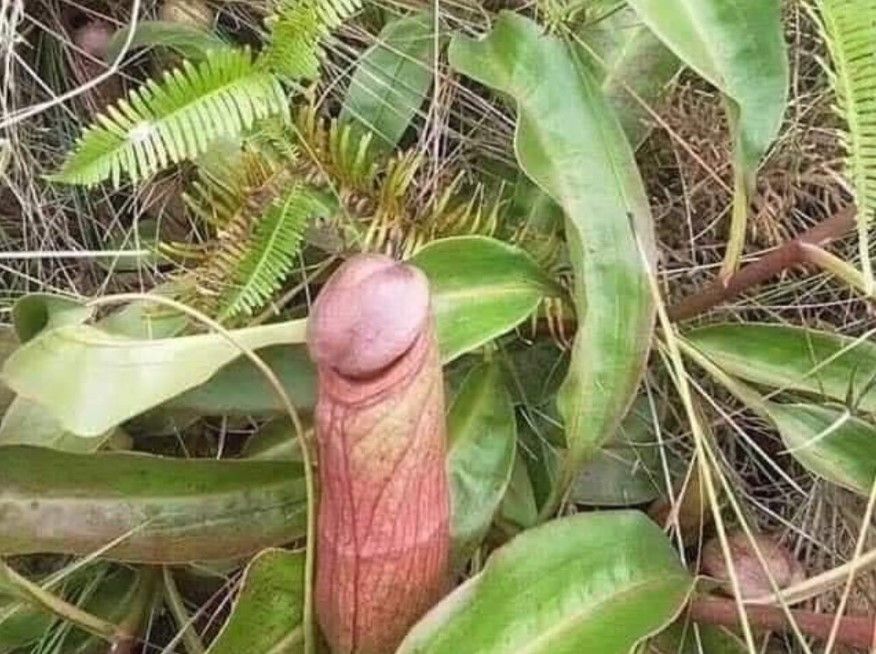The Cambodian government has asked people to stop picking the ‘carnivorous penis plant’ over fears that the species may be wiped out.
The nation’s Ministry of Environment warned that the species Nepenthes bokorensis is already vulnerable to extinction. The situation has worsened due to several social media users who have plucked the plant and made jokes about its phallic appearance.
Particularly, a clip of women plucking the plants and comparing sizes has led the ministry to write on Facebook “What they are doing is wrong and they should not do it again in the future. Thank you for loving natural resources, but do not pick the flowers, or they will be ruined.”
They also shared screenshots of the video taken in Bokor Mountain in the Kampot province of Cambodia.
In recent years, the penis-shaped plant has been taken out of the ground at increasing rates so people can take pictures.
Cambodia has already seen a decline in the natural habitats of the carnivorous pitcher plants because of agricultural expansion on private lands as well as a surge in the tourism industry spilling onto protected areas, as reported in a 2021 study in the Cambodian Journal of Natural History.
Also Read | Landmine-detecting rat, Magawa, dies in retirement in Cambodia
The Nepenthes bokorensis is marked by its long shaft-like body and contains acidic fluid with which it can kill pets, mostly consisting of ants.
There is a curved lid at the top of the plant which opens to trap the prey.
An individual from the University of Connecticut’s Department of Ecology and Evolutionary Biology spoke to Snopes about these plants, saying “All Nepenthes have a similar passive pitfall trap that develops with a closed trap, and as the trap matures the ‘lid’ opens up”, and added, “The pitchers in the attached image are just starting to open thus giving them a rather penile appearance. I’ve never heard of them being called ‘penis fly trap’, but it is a rather accurate descriptive name.”
Also Read | Cher welcomes ‘world’s loneliest elephant’ to new home in Cambodia
Botanical instructor François Mey, while talking to Live Science, also shared that the plant smells like candy, so as to draw its prey.







